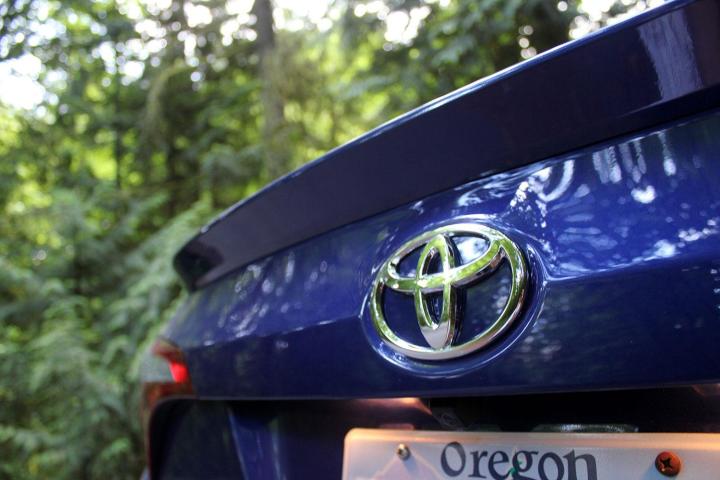
The key to the car’s performance will be solid-state batteries. These batteries use a solid electrolyte, as opposed to the liquid used in the lithium-ion batteries that power all modern electric cars, not to mention your laptop. Unlike the liquid electrolyte, the solid material isn’t flammable. Proponents of solid-state batteries also claim they will perform better than other chemistries, although the technology has not been commercialized yet.
The Toyota electric car will ride on an all-new platform, and will be sold only in Japan initially, the report said. A Toyota spokeswoman would not confirm plans for the car, but told Reuters the automaker does plan to commercialize solid-state battery technology by the early 2020s.
A mass-market electric car would represent a major strategy shift for Toyota. The company was one of the strongest proponents of hydrogen fuel-cell cars, claiming battery-electric cars would never have the range to satisfy consumers, and that fuel-cell cars’ quick refueling times gave them a decisive advantage.
But Toyota has had trouble developing hydrogen fueling infrastructure for its Mirai. Along with the Honda Clarity Fuel Cell and Hyundai Tucson Fuel Cell, the car is only sold in California, because that is the only state with a sufficient number of fueling stations. An effort to build fueling stations on the East Coast has stalled, according to Bloomberg.
Late last year, reports circulated that Toyota would unveil an electric car in time for the 2020 Tokyo Olympics, and that CEO Akio Toyoda was leading the development team. But an electric car powered by solid-state batteries is an even more ambitious target, and could give Toyota an advantage over its more-established competitors. That is, if solid-state battery tech lives up to the hype.


